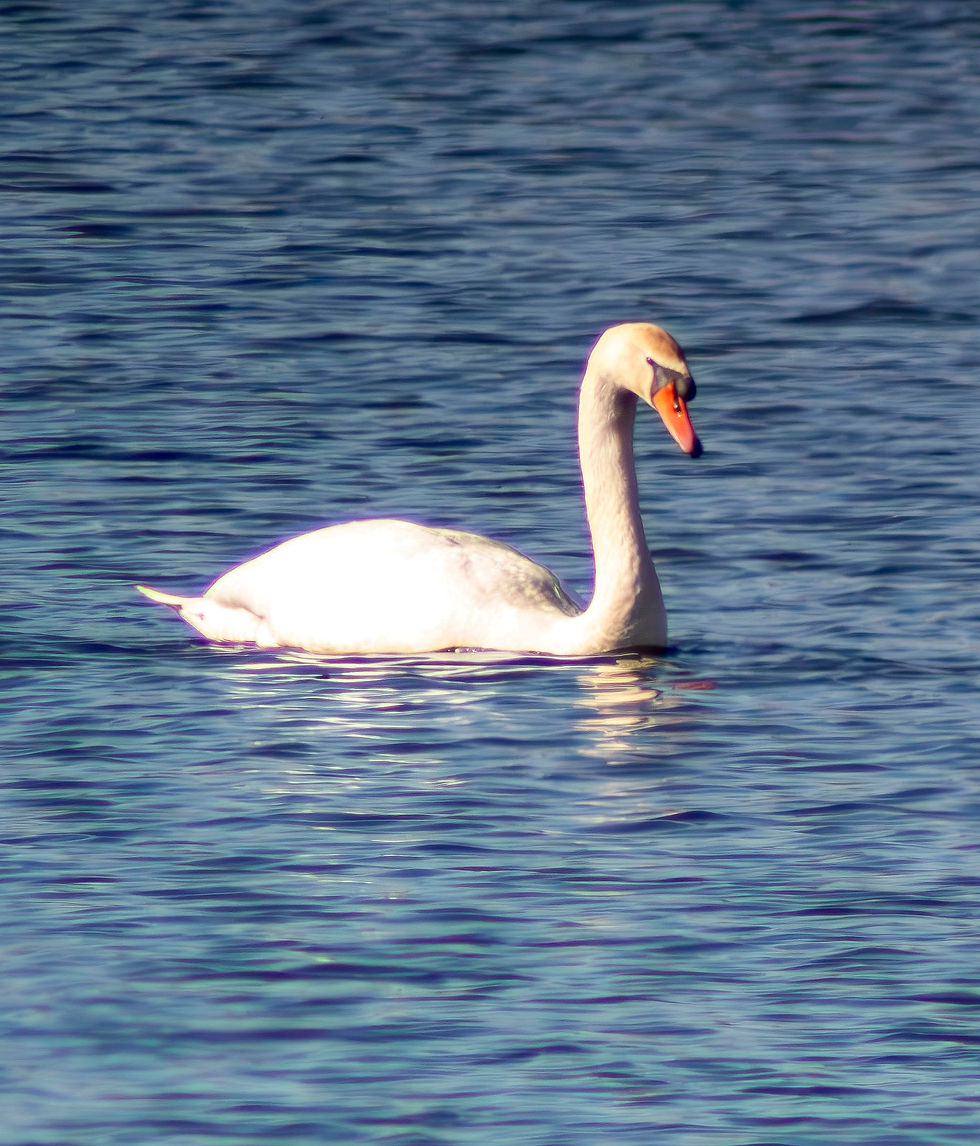Pleasant Valley Maple Lodge is now a Certified Wildlife Habitat
- Francine

- Jul 29, 2024
- 2 min read
Updated: Oct 10, 2024

The National Wildlife Federation has recognized Pleasant Valley Maple Lodge's efforts to protect wildlife. The organization has certified it as a wildlife habitat.
The National Wildlife Federation (NWF) is America’s largest wildlife conservation and education organization. Pleasant Valley Maple Lodge has successfully created a Certified Wildlife Habitat® through the NWF's Garden for Wildlife™ movement.
NWF celebrates this effort to create a garden that supports birds, butterflies, bees, frogs and other local wildlife. Every Certified Wildlife Habitat garden provides natural sources of food, water, cover and places to raise young and is maintained in a sustainable way that incorporates native plants, conserves water, and doesn’t rely on pesticides.
Started in 1973, the Garden for Wildlife movement is the nation’s oldest and largest native plant/habitat program, recognizing over 300,000 Certified Wildlife Habitat® gardens across the North America and at 39 embassies worldwide, encompassing an estimated 4 million acres that support wildlife locally. Backyards, urban gardens, school grounds, businesses, places of worship, campuses, parks, farms, zoos, and community landscapes can all be recognized as wildlife habitats through the program. “We are excited about this new Certified Wildlife Habitat®, as it provides native plants and essential habitat elements. Research shows certified properties have the potential to support twice as much wildlife compared to non-certified properties.” Said, Mary Phillips, Head of Garden for Wildlife™/Certified Wildlife Habitat®.
“Anyone, anywhere can restore wildlife habitat right in their own yards and communities,” said NWF Naturalist David Mizejewski. “Whether you garden in a suburban yard, an urban area or a rural plot of land, you can make a difference for local wildlife. Creating a Certified Wildlife Habitat garden is fun, easy and makes a real difference for neighborhood wildlife. It’s the perfect grassroots way to think globally and act locally and help birds, butterflies, bees and other wildlife,” he added.
“I enjoy watching wildlife and wanted to do my part to help the local ecology. Using 'green'
strategies in our woodlot is healthier for the environment, is more inviting to wildlife, and gives me plenty of opportunities to view many types of critters. Our 'Critter Cam' shows many that visit us at night,” said Francine Wizner.
“We have added many native North American plants, such as yarrow and phlox, as well as added to the diversity of our woodlot by increasing the number of conifers. We also installed a bathouse since bats are important pollinators and also control pests."
For more information on NWF’s Garden for Wildlife™ movement and how to qualify to have a garden space recognized as a Certified Wildlife Habitat, visit www.nwf.org/garden. To jump start creating your own Certified Wildlife Habitat® order native plant collections for your zip code designed to provide three season bloom at www.gardenforwildlfe.com.










Comments